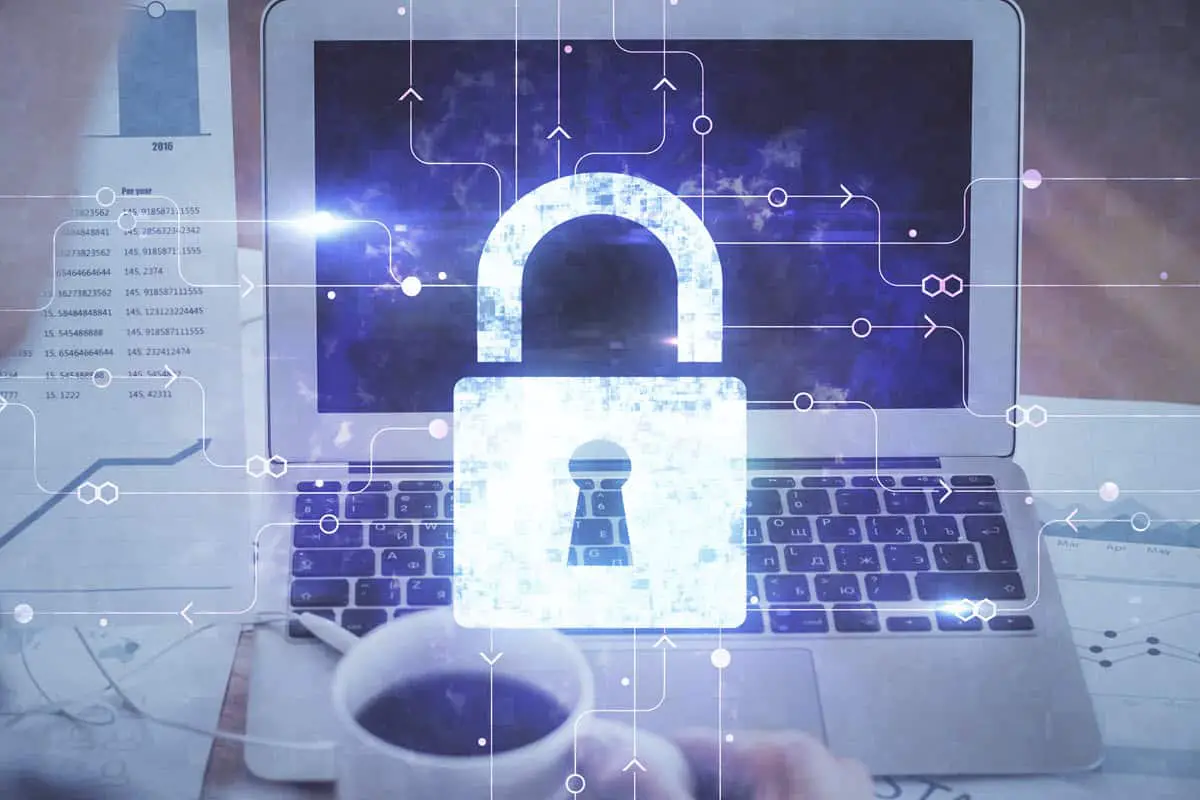How to Properly Secure Your Devices (2020 Edition)

Estimated reading time: 5 minutes
Table of contents
As the world becomes ever more interconnected through technology, the need to practice proper cybersecurity grows. Unfortunately, many people, businesses, and even mega-corporations don’t take cybersecurity seriously. This puts millions of users at risk of numerous threats.
Despite popular belief, it’s on users to protect themselves—if companies won’t do it, someone has to. And practicing proper cybersecurity relies on preemptive action, acting before a threat pops up.
But before you go and download every cybersecurity program advertised to you, read about the major threats most likely to affect you. Let’s go over a couple!
3 Major Security Threats Plaguing Users in 2020
Of course, there are many more threats revolving around technology than these three but remember, these are the threats that are most likely to affect you in 2020. In other words, these three threats are the ones you need to be the most careful about.
1. Ransomware Attacks
2017 saw the rise of a new threat – ransomware attacks. Ransomware attacks already existed before 2017, of course, but the WannaCry attacks that year enlightened thousands of cybercriminals to one truth. That truth? Ransomware attacks are effective.
Ransomware attacks see users’ devices locked up, with a message on the device claiming that the user can gain back access to their device if they pay a moderate sum of money. Of course, paying rarely gives users their access back.
Ransomware attacks have grown significantly since the WannaCry attacks, and, due to their fast-spreading nature, it’s important to be on the lookout for them.
2. Phishing Scams
The Internet offered a new haven for scammers—a haven that allowed said scammers to stay anonymous. Scams littered the Internet in its inception, and nothing has changed in that regard, even 20 years later.
Phishing scams, scams that rely on social engineering and manipulation in order to extract personal information, plague emails, phone numbers, websites, and so on. They are everywhere.
3. Botnet Attacks
Another thing to come out of the late 2010s is the rise of cryptocurrency; the late 2010s saw Bitcoin, Ethereum, and other forms of cryptocurrency enter the mainstream. Unfortunately, this has the unfortunate side effect of luring cybercriminals.
One threat that’s grown since the crypto-uprising is that of botnets. Cybercriminals will send out malware, worms, and various other forms of malware in order to create a botnet, a network of devices that follow the orders of the individual responsible.
Botnets are commonly used to mine for cryptocurrency. This not only breaches your devices’ security but runs up your electricity bill due to the electricity needed for crypto-mining.
5 Ways You can Fight Back Against Cybercriminals
1. Using a VPN
Cryptocurrencies like Bitcoin promise privacy, total anonymity when it comes to trading and selling. However, you’ll still need tools to keep your activity anonymized. Sure, Bitcoin doesn’t leave a digital footprint itself, but using it to buy stuff is still available for others to see.
Using a Virtual Private Network (VPN) to anonymize your activity on the Internet is a step in the right direction and will help keep your activity away from prying eyes.
2. Educating Yourself on Scams
Phishing scams trick thousands of people a year, both young and old. Truth is, while many phishing emails are obviously fake, some pass by unsuspected, looking official enough to be the real thing. It doesn’t help that some phishing scams go as far as to create entire websites that look just like the website they’re mocking.
Avoiding phishing scams boils down to knowing how to identify them and employing a bit of common sense. Educating yourself on the types of phishing scams out there is a good start.
3. Avoiding Rogue Downloads
Some scams go farther than a rogue email, however. Certain scams lure you into a website and then attack your device with downloads, both hidden and in-your-face. These downloads contain malware, keyloggers, and various other threats.
To avoid this, don’t click on any sketchy ads, visit suspicious sites, or download random files.
4. Protecting Your Network
Many people like to believe that their home networks are safe from cybercriminals. Unfortunately, no network is invulnerable to the influence of hackers, and it’s important to set up defenses on your network.
Setting up a proper SSID and password, blacklist, and whitelist on your network will help your network become a safe haven for your devices.
5. Using a Password Manager
Passwords act as the first (and sometimes last) line of defense for your accounts. And if a cybercriminal was to find your password, they’d have total control of your account.
Using a password manager will help keep this from happening. A password manager does two things: it stores your passwords in a secure environment and generates secure passwords. They’re free to use and are a big help for password security. Discounts, like trezor promo code, are available online for you to use when subscribing to a password manager.







